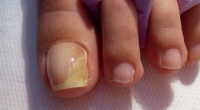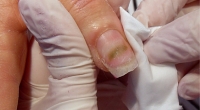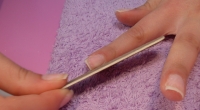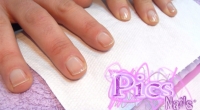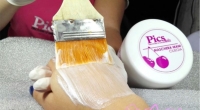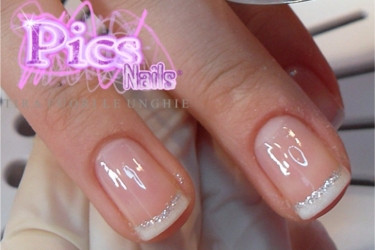
Learning to know and recognize the Anatomy of the Nail is very important, whether for those who work in the Nails sector and every day must take care (even if only Aesthetically) of the Nails of their Customers, and for those who are simply passionate to the topic or prefer to independently take care of their Hands and Feet!
You must be wondering why it is so important...Today, telling and showing you the Anatomy of the Nail we want to answer precisely to this question!
We start immediately by saying that, in order to be able to work and proceed with the maximum safety in the Nails sector, a thorough knowledge of the Natural Structure of Nails is the fundamental prerequisite: only in this way, in fact, a Nail Technician can work with awareness and professionalism!
There is also to say, moreover, that as we already know, our Nails are often the "mirror" of the general state of health of our entire body: that is why knowing the anatomy is important also for all those who are simply passionate to aesthetic care of nails!
But...What is the Nail?
We can define the Nail as a cornea formation that occurs in our body as a Semi-clear Layer placed at the end of our fingers, composed mainly of compact and hardened Keratin (in lower percentages with respect to amino acids, fats, water, minerals and vitamins).
In the human species, the Nail has a quadrangular and slightly convex appearance, and it has a slight pink color due to the color of the underlying blood that shines through the derma: the nail, in fact, is well anchored to its Nail Bed, a skin strip moistened by numerous blood vessels from which it receives the necessary nourishment for its correct growth!
But let’s see together which "parts" compose our Nail!
We start immediately by saying that the Structure of the Natural Nail is composed of some fundamental parts: the Matrix, the Nail Bed and the Hyponychium, the Nail Plate, the Lunula and the Cuticle!
The Matrix!
We can define the Nail Matrix as the "germinative layer" of our nail, i.e. the main producer of cells that compose the Nail itself!
The Nail, therefore, was born thanks to the work done by the Matrix, which is located in the Root, then in an area that is not visible to the eye. The Matrix activates a Keratinization process which determines the thickness and size of our Nail!
That is why, when the Matrix undergoes a trauma or damage, the natural growth of the Nail itself could be compromised!
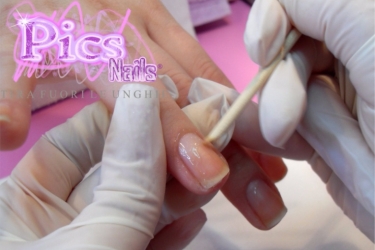
The Nail Bed and the Hyponychium!
As we already said, the Nail Bed is the underlying derma of our Nail Plate; this is a part of our body very rich of nerve endings and blood vessels (hence its typical pink coloring).
This is why even a small injury or trauma of this area can be very annoying or cause hemorrhages.
It is fundamental to remember that it is precisely through the Nail Bed that the process of nourishment and oxygenation of our Nails happens, and from here they receive oxygen and nutrients necessary for their growth.
It is easy, at this point, to realize how some false myths related to Gel Nails or Gel Nail Polishes are completely unfounded: if the Nail, in fact, grows thanks to the nourishment guaranteed by its Nail Bed, no quality Gel Supply or Gel Nail Polish could compromise its correct growth or its health!
From the Nail Bed, finally, comes out a tiny skin strip in close contact with our fingertip (if we look at the underlying part of our nails, we also could notice it) called Hyponychium: this small part of the Nail plays a very important role, protecting the Nail Bed from any outer "attacks" as bacteria and irritating agents!
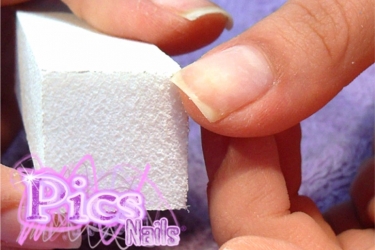
The Nail Plate!
Once we discovered the "germinative" areas of the Nail, it remains to correctly define also the Nail Plate!
It is, in fact, the surface part and therefore visible of our Nail, composed as said by Keratin (compact and hardened) and to a much lesser extent by water, fats, mineral salts, calcium, etc.
Our Nail Plate does not possess, unlike its Bed, nor nerve endings nor blood vessels...so we can say that this is an "dead" element and it is precisely for this reason that we can safely cut and file our Nails without experiencing any physical pain!
In turn, the Nail Plate is composed of three parts: the Root (the area where, as we have seen, is the Nail Matrix), a Body we have just spoken of and an End or Free Edge.
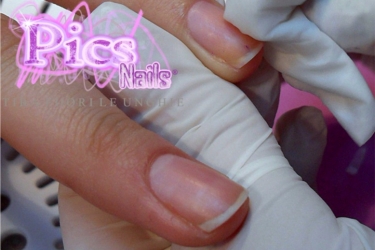
In the zone close to the Root there are two fundamental elements: the Lunula and the Cuticle!
The Lunula is visible also to the naked eye: it is in fact the part of the Nail characterized by a whitish color that we can define as a visible extension of the Nail Root!
Its color is, in fact, due to its cells not perfectly keratinised yet...and that is why it is a more sensitive part with respect to the rest of the Nail Body!
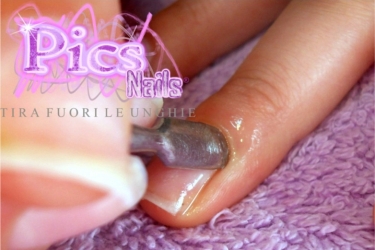
We arrived, finally, to a last fundamental element of the Anatomy of our Nails: the Cuticle!
This is a real skin thickening whose main function is to defend the area of the Root and Matrix from any harmful agents such as bacteria, powders, etc.
The Cuticle, therefore, by adhering to the surface of the nail acts as a real barrier for our Nails!
It is for this reason that, as we repeatedly recommended here in our Blog, it is always better to avoid of totally removing Cuticles by cutting or removing them, precisely because it would weaken their protective ability: our advice is always to take care of them constantly, softening and nourishing with the specific Cuticle Oils and possibly move them gently back toward the root.
From the Nail Bed, finally, comes out a tiny skin strip in close contact with our fingertip (if we look at the underlying part of our nails, we also could notice it) called Hyponychium: this small part of the Nail plays a very important role, protecting the Nail Bed from any outer "attacks" as bacteria and irritating agents!
Here we arrived at the conclusion of this itinerary to the discovery of the Anatomy of the Nail, i.e. its actual structure: we wanted to show you quickly and with clarity its fundamental constituent parts and the role played by each of them for the health and growth of the Nail!
In this way we hope having provided you further elements of knowledge, useful to always work the most and increasingly with awareness, safety and professionalism! Good Job Girls!









